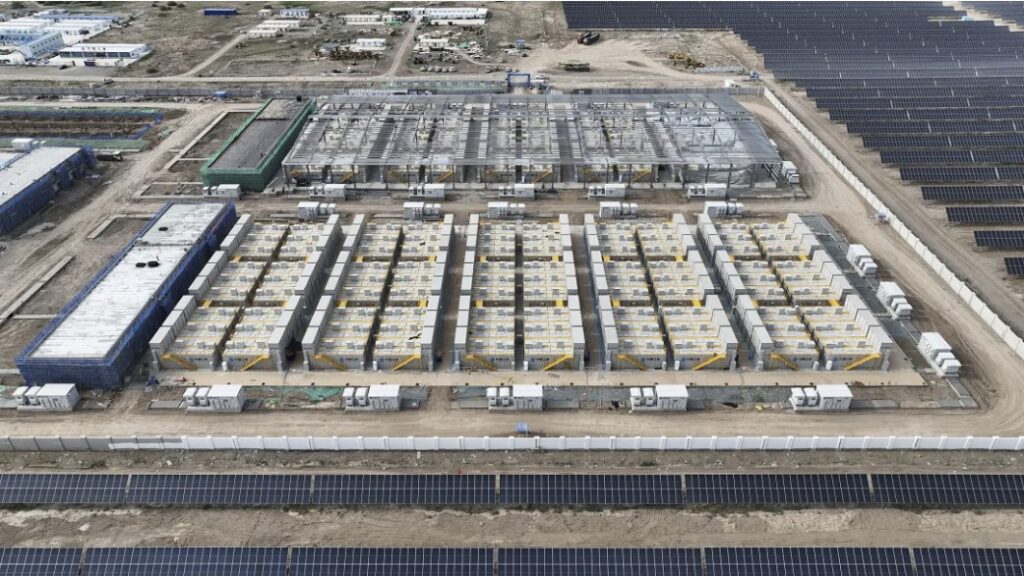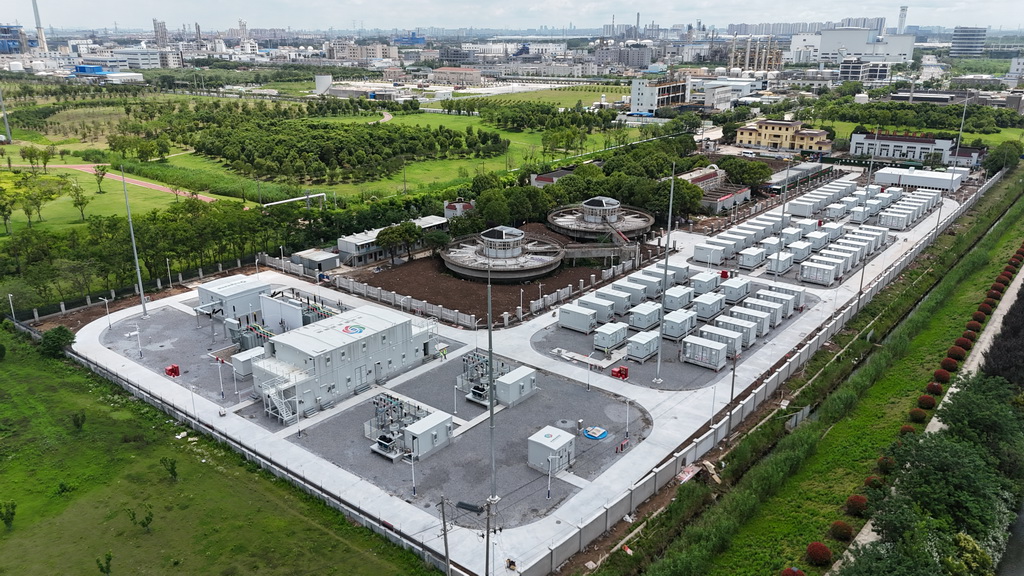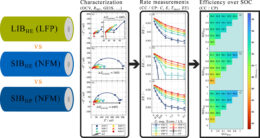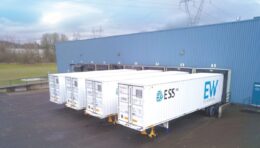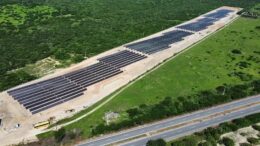Clean Horizon reports “crazy” opportunity in Polish BESS marketplace
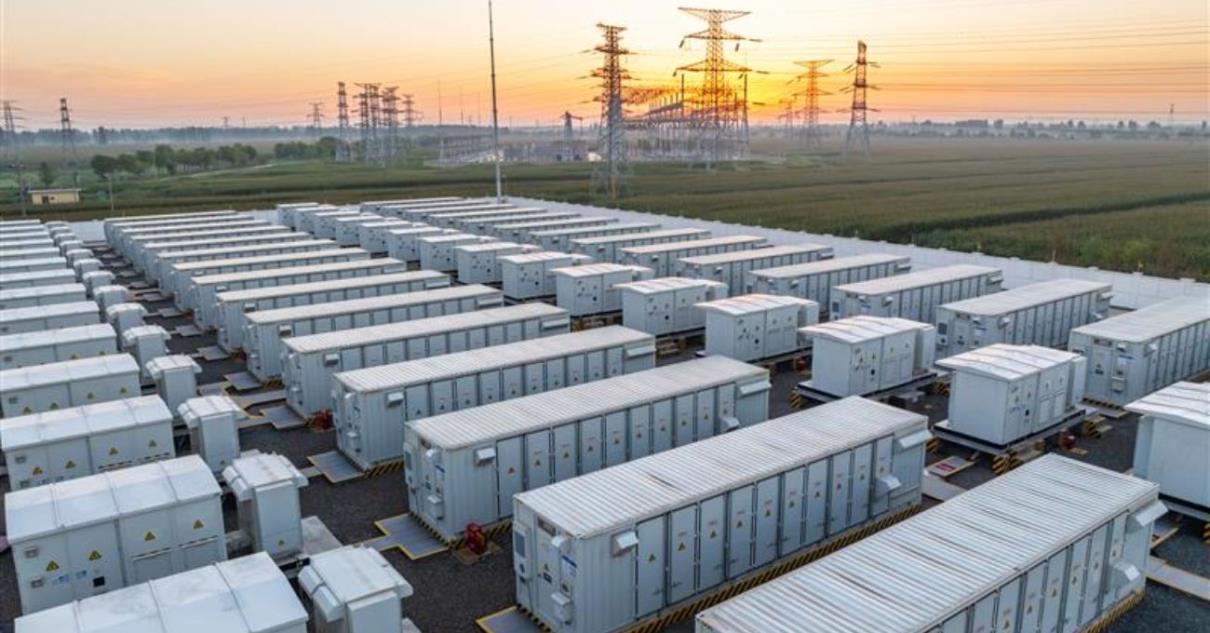
For utility scale BESS in 2025, Poland is the place to be. After the liberalisation of the ancillary services market in June 2024, prices initially fluctuated wildly, but have settled at an attractive level. And battery revenues, for front-of-the-meter installations, are very attractive.
These were the findings of the Clean Horizon Index, the latest update of which was published on Monday. The Index features economic modelling for France, Germany, Spain, and Poland, drawing on insights from Clean Horizon’s Cosmos platform. The Index models front-of-meter batteries, generally 1 MW and larger.
The term ancillary services refers to the provision of electricity network stability services such as frequency regulation. The Clean Horizon analysis models the provision of such services in three timeframes: for one, two, or four hours. And the pattern of attractive short-term opportunities is clear across all three time frames across European marketplaces.
Poland in detail
According to the analysis, in December 2024, annualised revenue for utility-scale storage ranged from EUR 208,000/MW to EUR 305,000/MW in Poland.

“The numbers for Poland look a bit crazy,” Clean Horizon founder and president Michaël Salomon told ESS News. The analysis finds that at its peak in mid 2024, annualised returns on ancillary markets in the country topped EUR 1 million/MW.
“For an asset whose capex is less than EUR 1 million per megawatt, we’re talking months in terms of payback time. It’s stupid, right”
With its coal-dominated electricity network, Poland has been a relative laggard in its adoption of utility-scale renewables, particularly when compared to neighbors like Germany. But a change is well underway, and the market is big.
Speaking at the 2024 The smarter E conference, only four days after Poland’s ancillary services market was opened up to battery projects, Next Kraftwerke’s Aleksandra Radwanska reported that while prices were “crazy” in the initial days of trading the market appeared “very lucrative for energy storage.”
Radwanska, the country manager for Poland with the German aggregator, said that the head of the Polish transmission system operator has targeted 10 GW of utility-scale BESS “as a priority.” Poland’s electricity market is larger than that of Belgium and the Netherlands combined, she noted.
Rapid saturation
While the prospects for big batteries in Poland are strong in 2025, the Clean Horizon analysis shows that the opportunity may not be long lived. Utility scale storage can saturate ancillary services markets quickly, after which the opportunities for batteries in front of the meter rapidly diminish.
“It’s always been the same trend,” said Clean Horizon’s Salomon. “When ancillary services markets open up to storage in a given country, then the money the storage makes is superbly high.
“Energy storage is just a cheaper way to do ancillary services. So storage is replacing the incumbents and it’s still the incumbent that is setting the high prices. When the storage comes in it tends to push the expensive assets away and tends to lower the prices,” Salomon explained.
While the upside of the dynamic, for energy storage revenues, is evident in Poland, the United Kingdom shows how ancillary service markets can become saturated. The United Kingdom was the first country in the region to open up ancillary services markets to batteries. And in 2025, the economic prospects for new battery projects are poor.
“The numbers don’t add up now for new-build storage project in the UK,” Salomon concluded.
However, that is not the case for distributed battery systems in the UK, which are installed behind the meter. In British homes and businesses, a battery business case is still evident through maximising solar self consumption, peak shaving, and arbitrage trading and, in particular, an intelligent combination of all three.
Arbitrage trading
As renewable energy penetrations increase, front-of-the-meter batteries can generate revenues for owners by exploiting increased wholesale electricity price variability. When there is abundant solar and/or wind generation, big batteries can charge at low or even negative prices and then discharge when prices spike when there is no wind or it is cloudy.
However, this arbitrage trading is insufficiently profitable without ancillary services revenues for the economics of battery storage projects to stack up.
The updated Clean Horizon Index finds that in Germany, where ancillary service prices have declined, arbitrage opportunities are plugging the revenue gap. However, when looking longer term, that trend looks unlikely to hold.

“Trading revenues may not be so high in a lot of countries,” said Salomon. “If you are looking at building a project at the end of the decade or early the next decade then, according to what we see as in terms of how the prices evolve, it’s actually very unsure that you’ll find the money [for project finance].”
Clean Horizon intends to expand its free Index from four to 12 countries in 2025.






